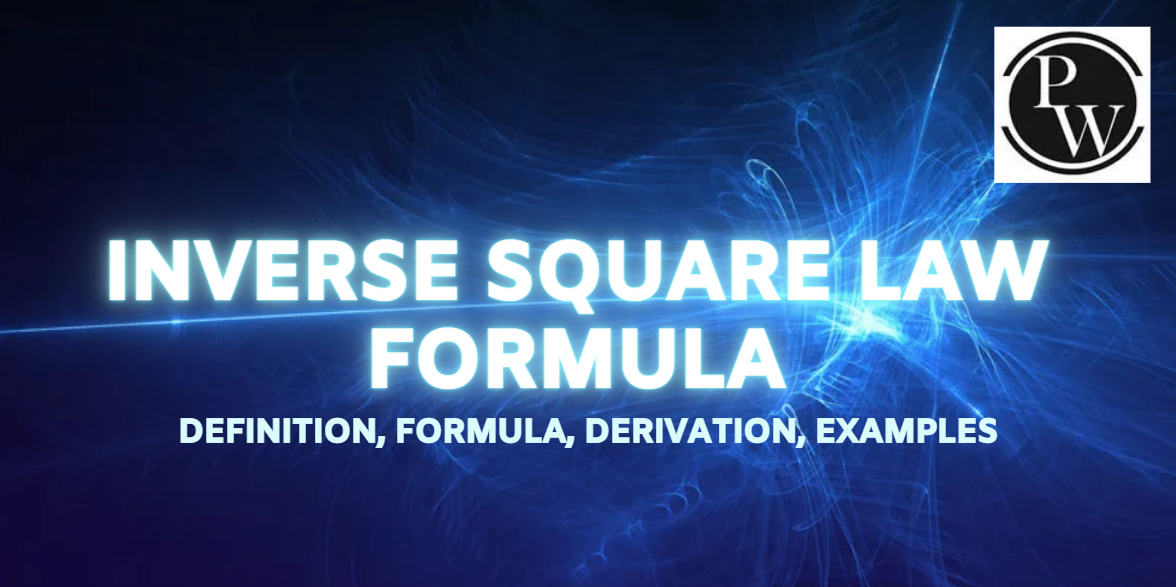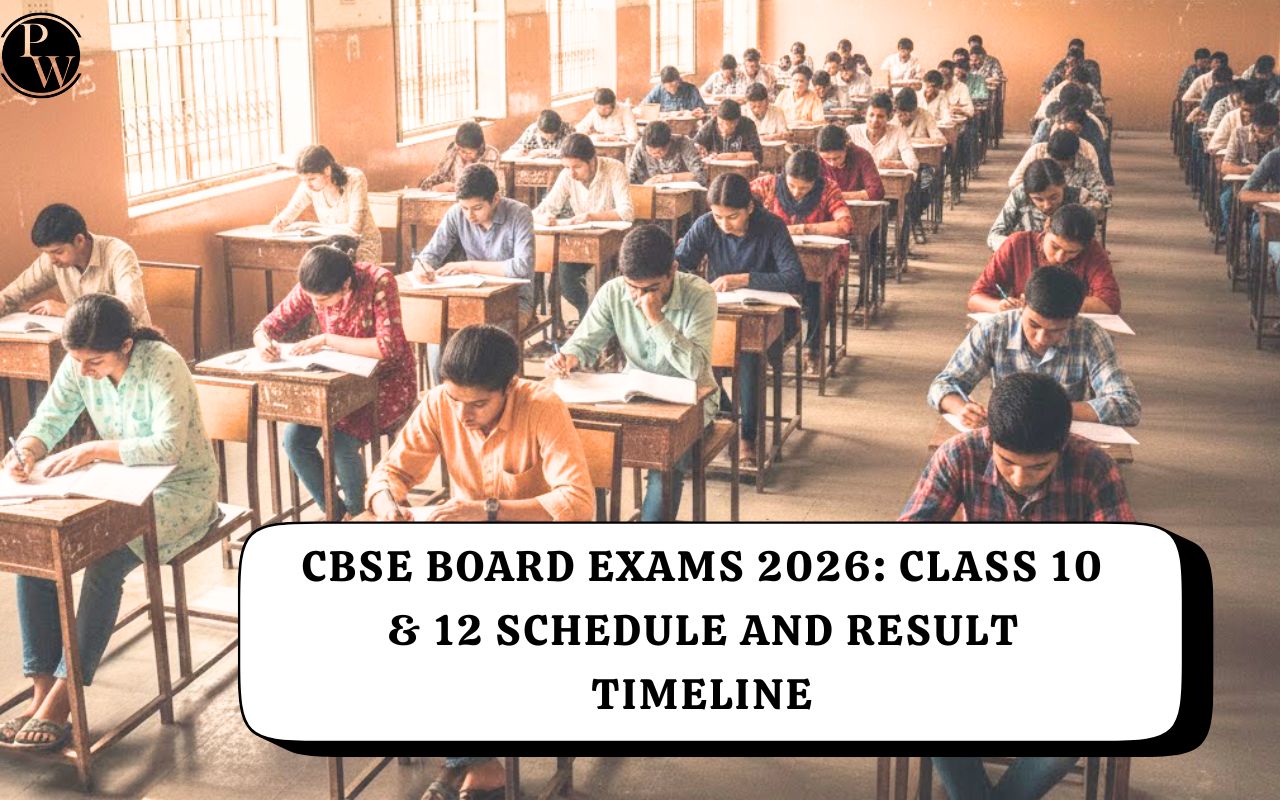

Definition Of Inverse Square Law Formula
Inverse Square Law Formula: The Inverse Square Law is a fundamental principle in physics and mathematics, often used to describe various phenomena, including gravity, electromagnetism, and light. This law states that the intensity or strength of a physical quantity is inversely proportional to the square of the distance from the source. Let's explore this concept in more detail. The Inverse Square Law Formula is a fundamental concept in science and mathematics that plays a significant role in various fields, from physics to engineering and astronomy. It describes how the intensity of a physical quantity diminishes with distance from its source. Understanding this law is essential for a wide range of applications and has shaped our understanding of the physical world.Formula Of Inverse Square Law
Inverse Square Law Formula: The Inverse Square Law can be expressed mathematically as follows:I = k / r^2
Where: - I represents the intensity of the effect or force. - k is a constant that depends on the specific situation. - r is the distance from the source. Here are some of the formulas used in the context of the Inverse Square Law:- Newton's Law of Universal Gravitation:
- Coulomb's Law:
- Gravity:
- Electromagnetism:
- Light and Radiation:
- Sound:
- Radioactive Decay:
- Acoustics:
Solved Examples Of Inverse Square Law Formula
Numerical Problem 1: Suppose you have two point charges, q1 = 4 μC and q2 = 8 μC, placed 3 meters apart in a vacuum. Calculate the electrostatic force between them. Solution:- We'll use Coulomb's Law: F = k * (q1 * q2) / r^2
- Plug in the values:
- Calculate the result:
- We'll use the Inverse Square Law for light intensity: I = L / (4πr^2)
- Plug in the values:
- Calculate the result:
- We'll use the decay formula N(t) = N₀ * e^(-λt), where N(t) is the number of atoms at time t, N₀ is the initial number of atoms, λ is the decay constant, and t is time.
- Plug in the given values: N(t) = 500, N₀ = 2000, and t = 10 hours.
- Solve for λ:
- Divide both sides by 2000:
- Take the natural logarithm of both sides to solve for λ:
- Divide by -10 to find λ:
- We'll use Newton's Law of Universal Gravitation: F = G * (m1 * m2) / r^2.
- Plug in the values:
- Calculate the result:
- We'll use the decay formula N(t) = N₀ * e^(-λt).
- Plug in the values: N(t) = 125 DPM, N₀ = 1000 DPM, and t = 30 minutes (0.5 hours).
- Solve for λ:
- Divide both sides by 1000:
- Take the natural logarithm of both sides to solve for λ:
- Divide by -0.5 to find λ:
- We'll use the Inverse Square Law for light intensity: I = L / (4πr^2).
- Plug in the values: I = 8000 lumens and r = 4 meters.
- Calculate the result:
- We'll use the formula for sound intensity in decibels (dB): I = I₀ * 10^(dB/10).
- Plug in the values: I₀ = 10^(-12) W/m^2 (threshold of hearing) and dB = 80 dB.
- Calculate the result:
- We'll use the decay formula N(t) = N₀ * e^(-λt).
- Plug in the values: N(t) = 1000 DPS, N₀ = 2000 DPS, and t = 5 seconds.
- Solve for λ:
- Divide both sides by 2000:
- Take the natural logarithm of both sides to solve for λ:
- Divide by -5 to find λ:
- We'll use Newton's Law of Universal Gravitation: F = G * (m1 * m2) / r^2.
- Convert the distance to meters: 7000 km = 7,000,000 meters.
- Plug in the values:
- Calculate the result:
- We'll use the decay formula N(t) = N₀ * e^(-λt).
- Plug in the values: N(t) = 75 DPS, N₀ = 300 DPS, and t = 20 seconds.
- Solve for λ:
- Divide both sides by 300:
- Take the natural logarithm of both sides to solve for λ:
- Divide by -20 to find λ:
Inverse Square Law Formula FAQs
Why is it called the "Inverse Square Law"?
It's named this way because the strength or intensity of the effect decreases with the square of the distance from the source.
What happens if the distance (r) is doubled?
If the distance is doubled, the intensity or force becomes one-fourth of its original value because (2^2 = 4).
What are some real-world applications of the Inverse Square Law?
Real-world applications include satellite orbits, GPS systems, radiation therapy, and architectural lighting design.
How does the Inverse Square Law apply to photography?
It's crucial in understanding how light intensity falls off with distance from a light source and is essential in achieving proper exposure in photography.
🔥 Trending Blogs
Talk to a counsellorHave doubts? Our support team will be happy to assist you!

Free Learning Resources
PW Books
Notes (Class 10-12)
PW Study Materials
Notes (Class 6-9)
Ncert Solutions
Govt Exams
Class 6th to 12th Online Courses
Govt Job Exams Courses
UPSC Coaching
Defence Exam Coaching
Gate Exam Coaching
Other Exams
Know about Physics Wallah
Physics Wallah is an Indian edtech platform that provides accessible & comprehensive learning experiences to students from Class 6th to postgraduate level. We also provide extensive NCERT solutions, sample paper, NEET, JEE Mains, BITSAT previous year papers & more such resources to students. Physics Wallah also caters to over 3.5 million registered students and over 78 lakh+ Youtube subscribers with 4.8 rating on its app.
We Stand Out because
We provide students with intensive courses with India’s qualified & experienced faculties & mentors. PW strives to make the learning experience comprehensive and accessible for students of all sections of society. We believe in empowering every single student who couldn't dream of a good career in engineering and medical field earlier.
Our Key Focus Areas
Physics Wallah's main focus is to make the learning experience as economical as possible for all students. With our affordable courses like Lakshya, Udaan and Arjuna and many others, we have been able to provide a platform for lakhs of aspirants. From providing Chemistry, Maths, Physics formula to giving e-books of eminent authors like RD Sharma, RS Aggarwal and Lakhmir Singh, PW focuses on every single student's need for preparation.
What Makes Us Different
Physics Wallah strives to develop a comprehensive pedagogical structure for students, where they get a state-of-the-art learning experience with study material and resources. Apart from catering students preparing for JEE Mains and NEET, PW also provides study material for each state board like Uttar Pradesh, Bihar, and others
Copyright © 2025 Physicswallah Limited All rights reserved.
Get App











